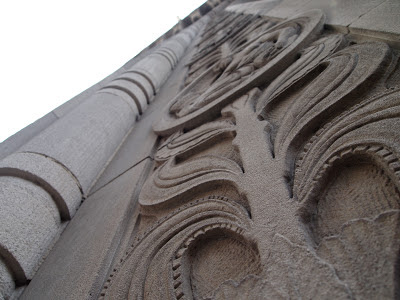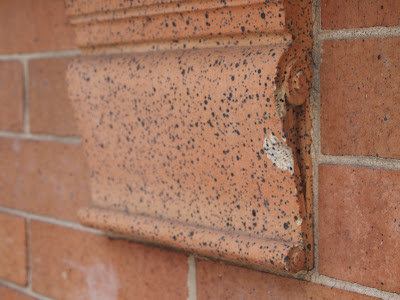The
vicissitudes and pathos of the build environment are chronicled by traces, -
remnants incised by time-honored spatial efficacy and material tenacity.
This host
of geometric traces strewn along our urban landscape are suffused with insight
and adorned by nostalgia.
Often, they seem effaced by their disassembled past, yet, in truth, they are beholden to this subtractive precept for their significance as a mnemonic devices and unlikely ornament.
Consequently, the artless embellishment attains, paradoxically, an enviable standing.
A distinction the architectural form aspires to, but, can never entirely inhabit – the attribute of being ‘art for art’s sake.’
Because unrestrained by the pragmatic convention of architecture, traces skillfully engender a perceptual consciousness for the discerning passerby. They formulate a narrative in which the viewer posits, deconstructs, and assembles, the critical association between culture and its architectural devices. Their prosaic outlines serving as the building block of idealized precedents, a time when neighborly voices exchanged pleasantries before exalted façades, and affable fenestrations were arranged along an unblemished axis of conceit, just prior to becoming the progeny of erasure, and an enduring witness, so gallantly positioned for the vanity of nothingness.











.JPG)

























